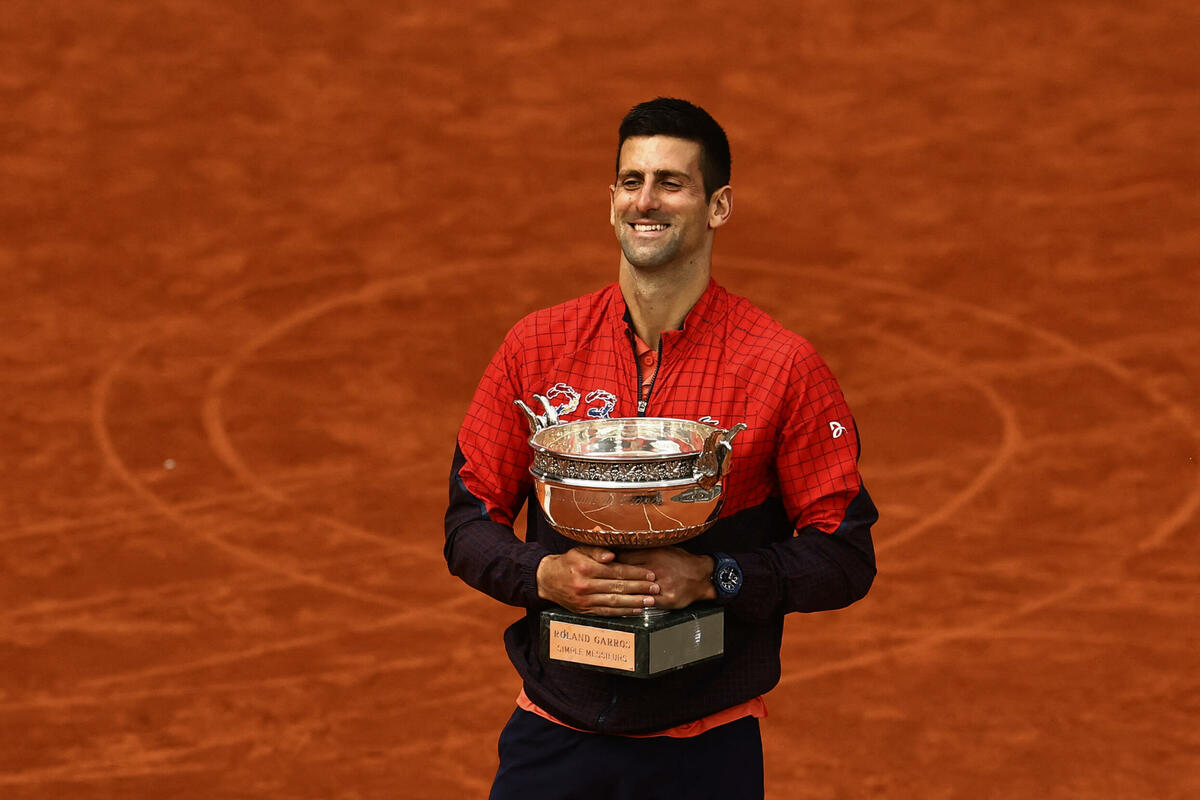Despite securing his 100th career title in Geneva right before the French Open, 38-year-old Novak Djokovic wasn`t widely considered a leading candidate for the trophy at Roland Garros.
However, his quarterfinal triumph against Alexander Zverev on Wednesday, finishing 4-6, 6-3, 6-2, 6-4, has certainly brought the Serbian star back into contention.
The player with 24 Grand Slam titles has reached an impressive 51st major semifinal. He successfully outsmarted and overcame Zverev, moving past the memory of their previous encounter at the Australian Open in January, where Djokovic withdrew injured after just one set.
Although Djokovic faces world No. 1 Jannik Sinner in the semifinals on Friday, he has only lost one set en route to this stage. His ability to significantly turn the match around against Zverev indicates a solid possibility of reaching another final.
Here`s a look at the key factors from Wednesday`s match and their potential implications.
Djokovic`s Serve and Variety Were Crucial
Djokovic started the match by losing his first service game and even switched rackets. While Zverev held his early break, Djokovic`s first serve percentage was only 52% initially. Crucially, this was the only time he was broken in the entire match.
From the second set onwards, the Serbian found his rhythm. He frequently served out wide on the deuce side. With Zverev positioned deep behind the baseline, Djokovic effectively used the serve-and-volley tactic multiple times, cutting off returns at the net.
His first serve percentage significantly improved, reaching 76% in the second set and 78% in the third, where he won 13 of 14 points on his serve and lost only two points in total on serve. Zverev, conversely, had trouble, especially with his second serve, winning only 33% in the second set and a mere 20% in the third. Even in the fourth set, when saving a break point at 3-2 with a grueling 41-shot rally, Djokovic maintained a high first serve percentage at 77%.
The Drop Shot and Variety Were Key to Zverev`s Struggles
Djokovic deployed a drop shot on the very first point. Although he lost that specific point, the drop shot became an essential element of his strategy, its effectiveness growing throughout the match.
Zverev preferred trading powerful shots from the baseline. However, from the end of the first set, Djokovic positioned himself closer to the baseline, taking control of rallies and masterfully varying the pace using slice and perfectly executed drop shots.
In total, Djokovic hit 35 drop shots. Even if they weren`t immediate winners, they often led to him winning the following point or created uncertainty for Zverev. Zverev visibly started to struggle. Despite a brief rally from the German in the fourth set, Djokovic remained focused and maintained his high level to secure the win.
Can Djokovic Secure a Fourth French Open Title?
Achieving this will be extremely difficult, and here`s the challenge. Having overcome world No. 3 Zverev, he now faces world No. 1 Sinner in the semifinal. Assuming no significant upset from Lorenzo Musetti in the other bracket, a potential final opponent would be world No. 2 Carlos Alcaraz.
Historically, no male player has ever defeated the world`s top three ranked players consecutively to win a Grand Slam title, making the odds significantly against him. While Djokovic thrives on proving doubters wrong, Sinner has won their last three encounters. Overcoming the in-form Italian, and potentially Alcaraz in the final, presents an immense challenge.

